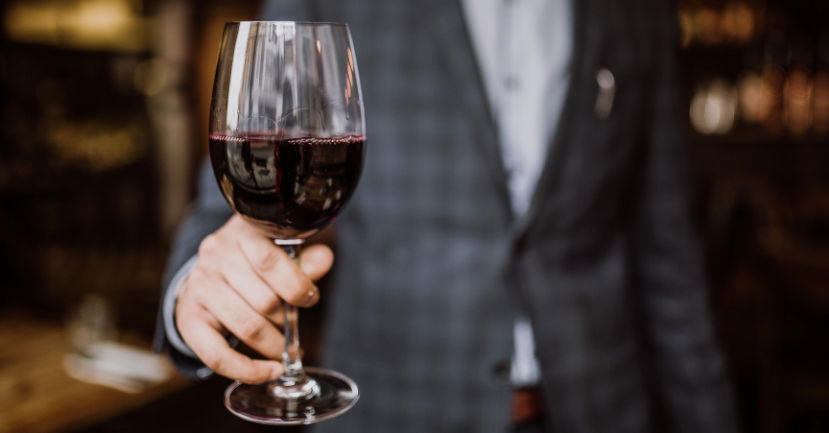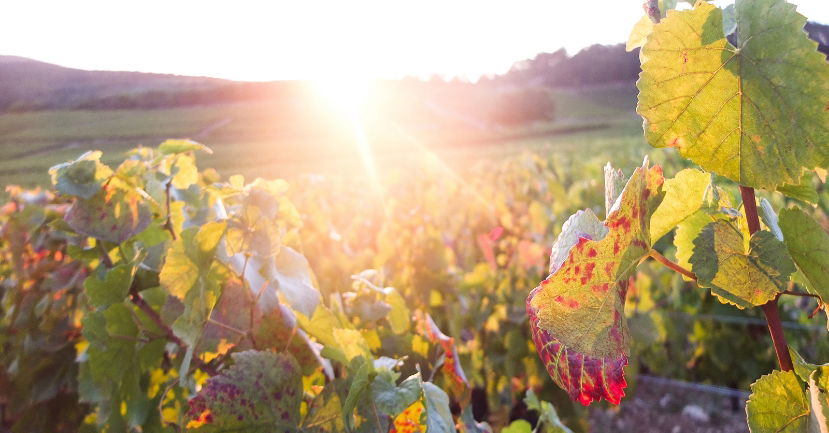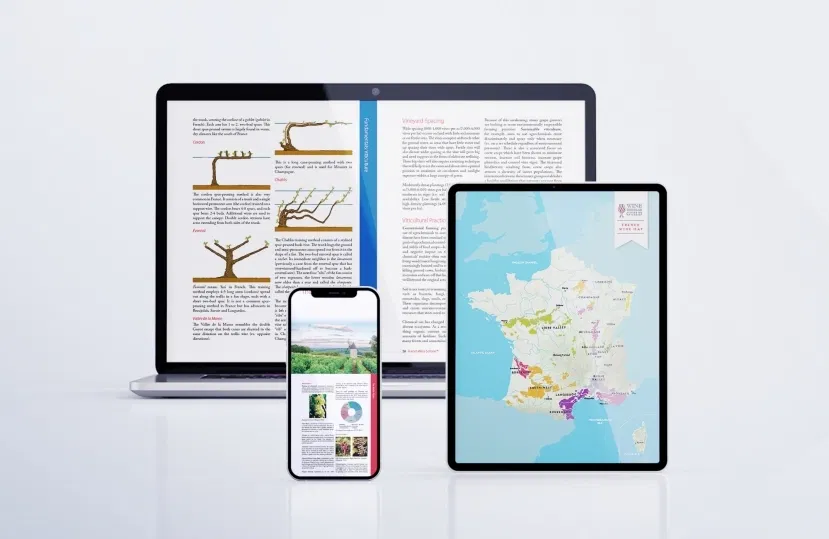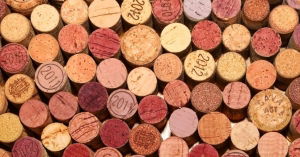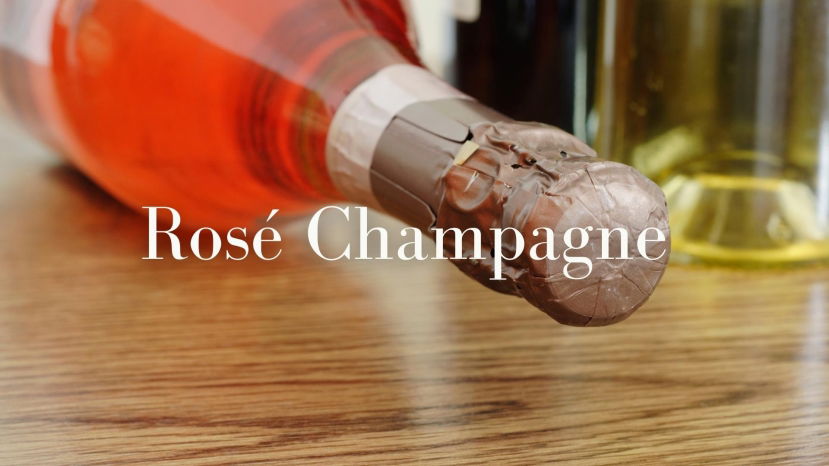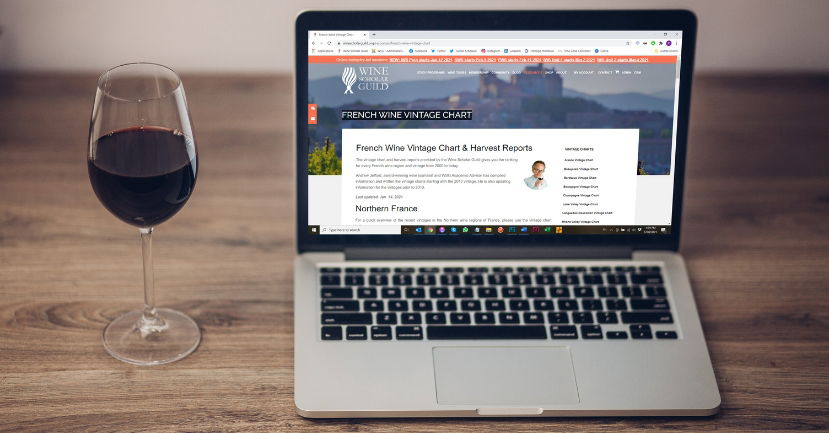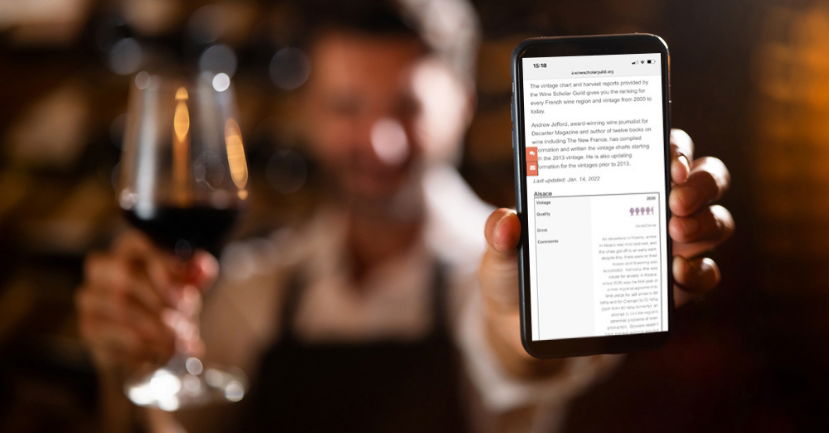BLOG
French Wine Regions
1. Bordeaux is big
Bordeaux is almost four times the size of Burgundy and represents 14% of total French wine production. There are 103,200 hectares of vines over 65 different appellations. It is the largest PDO vineyard of France and represents over 1/4 of the AOP vineyard area in France.
One could argue that France is the philosophical heart of fine wine. Much of what the world now does, from vineyard practices to winemaking techniques, can be traced back to the viticultural motherland. Here are some must-know terms for exploring the wines of France.
“We have a very particular history,” says Miguel Aguirre, vineyard manager at Premier Cru Sauternes estate, Château La Tour Blanche. “After his death, our last owner gave the estate to the French State asking to open a free school in return for his gift. That is why you see so many young people around here. Every year we get about 150 students who come here to learn about the wine trade and wine production.”
Dappled sunshine, joie de vivre holidays, and endless lavender fields are just the tip of Provence's appeal. The other is its world-famous rosé.
How did that happen? Call it what you want (fashion, peer-group pressure, herd instinct, a historical hangover) but somehow or other Alsace has ended up as France’s most neglected and misunderstood wine region.
Summary
In this session we'll unravel the enigma of one of France's most idiosyncractic wine regions in the company of the world's leading Jura expert, Wink Lorch. In this webinar we will
Cover the key appellations
Learn the most important wine styles
Discuss how the Jura has changed over the last 10 years
Get the low down on some of the most exciting producers of the region
As ever, there will be a chance for those of
A History of innovation
There’s a long history of innovation in Bordeaux; introducing topping up and sulphur to produce the ‘New French Claret’ in the 17th century, solving Mildew with the Bordeaux mixture in 1878 to the introduction of stainless steel in the 1960’s, when Château Haut Brion was accused by its peers for producing wine made in a dairy!
One of the most significant trends happening in Bourgogne today, is a movement towards sustainable, organic and biodynamic viticulture. Due to the warming of temperatures, increase in sunlight and shift in rainy season, there has been less vineyard mildew pressure, drier soil and earlier harvests. This change in climate, combined with the desire for a more ecologically sustainable growing model by Bourgogne producers, has led to the recent trend towards Green Farming.
It's official! We have launched the 7th version of the French Wine Scholar® program!
The updated study manual, state-of-the-art e-learning modules, and instructor resources have been carefully enhanced to create the most current program on the wines of France.
This newest version is the product of tremendous work from our Education and E-Learning Teams, enabling us to offer students a brand-new experience of our most popular study program. Every aspect of FWS has been
Olivier Humbrecht MW is one of the most influential winemakers of Alsace. Matt Walls speaks to him about his journey so far, taking in changing styles, biodynamics and the future of the region.
Summary
Sweet Bordeaux wines are undoubtedly some of the finest in the world, but have been chronically unfashionable for a really long time. In this interview we catch up with Wendy Narby who sheds some light on what the future holds for these outstanding wines, and the innovative ways in which producers are evolving their business models to ensure their survival and how they are thriving into the future.
About the
Where to Watch
You can watch this interview on our community pages here
Summary
In this interview, we discuss everything you need to know about the Jura’s greatest wine. We discuss the stories surrounding its creation, where to find the best examples, why it comes in its unique
Every wine appellation in France has a cahier des charges, a set of regulations that delineates the production zone and specifies viticultural practices and production standards.
In many instances, a single cahier des charges references one zone of production and multiple wine styles within it (e.g. Lirac red, white, and rosé; Rasteau dry red, plus red, white and rosé Vins Doux Naturels). Some single cahiers also incorporate complementary geographic denominations or dénominations géographiques complémentaires (DGCs) such as Languedoc Montpeyroux or Bourgogne Hautes Côte de Nuits. Other times, very different wines can be grouped under one single cahier as is the case for Beaujolais, Beaujolais Supérieur, Beaujolais + Named Commune, and Beaujolais-Villages.
WSG is proud be the first Educational Partner of The Old Vine Conference. Read more to find out how this dynamic non-profit organization is actively creating a global network of old-vine disciples while raising awareness through education.
The economic and social relevance of old vines is real, but the structure of the global wine industry stacks the odds against the regenerative commercial viability of old vines. The result is that healthy old vineyards of cultural resonance and unique qualitative potential are lost because they can’t be made to pay.
The Old Vine Conference is a non-profit organisation whose aim is to bring together a global network to create a new category for wine from heritage vineyards. The Old Vine Conference works to safeguard old vines of cultural and ecological value by connecting, educating and inspiring the global wine industry through conferences, research, partnerships, tastings and fieldtrips.
Summary:
Rosé champagnes have been around since at least 1764 and today represent a tenth of champagne sales. There is huge variation and some controversy to them. Colors vary from the palest blush to depths approaching red wine tones. Many perceive them as simple quaffing bubbles but some of Champagne’s finest, most age-worthy and prestigious wines are pink. Essi Avellan MW gives us an indepth introduction to the world of
Earlier this year, I embarked on the French Wine Scholar (FWS) program; version 7 being the latest update to this ever-popular certification offered by Wine Scholar Guild to wine enthusiasts and professionals alike. Here are my top study tips for passing the French Wine Scholar program!
Watch Here
You can find this video in our community space here
Summary
What comes to your mind when you think about Bordeaux? Is it carefully manicured fairytale Chateaux of the left bank? The 1855 classification? The First Growths? These prestigious wines garner much of the attention, but only
Andrew Jefford, award-winning author and columnist in every issue of Decanter and World of Fine Wine, Co-Chair Decanter World Wine Awards; Vice-Chair Decanter Asia Wine Awards, gives us his insight about the 2019 vintage in France.
The beat goes on. The 2019 vintage in France marked five continuous years (since 2015) of warmer-than-average weather. Global warming is with us and accelerating – but so far, for the wine growers of France, it has been merciful.
The vintage chart and harvest reports provided by the Wine Scholar Guild gives you the ranking for every French wine region and vintage from 2000 to today.Andrew Jefford, award-winning author and columnist in every issue of Decanter and World of Fine Wine, Co-Chair Decanter World Wine Awards; Vice-Chair Decanter Asia Wine Awards, gives us his insight about the 2020 vintage in France.
The COVID pandemic made 2020 difficult in France as elsewhere in the world, but France’s winegowers had every reason to feel a sense of relief and gratitude as the year ended. Their future prosperity depends on both the quantity and the quality of each year’s harvest. Every French wine region was satisfied with quantities in 2020 and thrilled with quality. Sales may have been difficult in 2020 with the restaurant trade in abeyance and export markets disrupted, but after the run of good to great French vintages since 2015, no one had cause to complain about stocks.
Page 1 of 2
- 1
- 2


